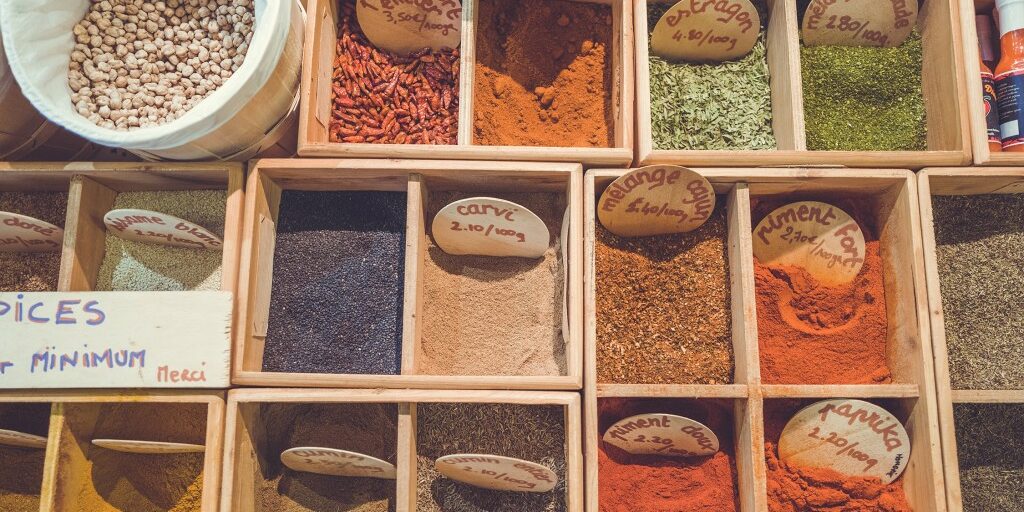It’s bad enough we have to worry about the cancer causing agents in GMO foods that are taking over our food supply, but now we also should be wary of arsenic in our rice and toxic cinnamon and vanilla.
Most cinnamon found at most stores comes from China and is sourced from the Cassia tree bark. Cassia bark contains coumarin which has been banned in Europe. To get real, authentic cinnamon that is not hazardous to your liver and health, you must look for the kind from Celon. I use cinnamon every day in my smoothies, oatmeal, and hot drinks so I like to get it in bulk from Indus Organic Ceylon Cinnamon Powder or The Spice Sage. You can also purchase it on my site The Local Rose Shop.
Vanilla flavoring also contains coumarin unless it is extracted from the true vanilla tree which is a type of orchid. Most cheap Mexican vanilla is the toxic kind. Most of the pure vanillas are fine such as Simply Organic Pure Vanilla Extract.
I became quite disheartened when hearing about the high level of arsenic found in rice. It seems there are natural levels of arsenic from the earth and then the toxic kind from all the chemicals we have showered upon our mother. Brown rice has higher arsenic levels but the ones grown in California are less. My friend Pamela Salzman a wonderful holistic chef and teacher, has some helpful pointers for reducing the arsenic levels when cooking rice. They are:
1. Buy Imported Rices. Rice from the Southern U.S. (Arkansas, Texas) seems to have the highest concentration of arsenic. California rice has less, but the rice, especially basmati and jasmine varieties, from Thailand and India have the least.
2. Rinse It. Rinsing your rice in water helps to reduce arsenic by about twenty-five percent.
3. Soak It. Soaking your rice anywhere from one to eight hours will not only reduce the arsenic in the rice but also make the grain more digestible.
4. Cook It in Copious Amounts of Water. Instead of cooking one cup of rice in two cups of water, treat it like pasta and boil it in lots of water until tender.
5. Eat a Wide Variety of Foods. The concern over arsenic and rice underscores the notion that an important component of a healthful diet is to consume a wide variety of foods, not only to ensure consumption of the full spectrum of nutrients, but also to limit overexposure to harmful toxins. Alternatives to whole rice include: quinoa, millet, spelt, wheat berries, and farro.



